Current events
Next talk on Friday in 2 days by Lars Mester.
News 30.09.2025
Bilayer Graphene Quantum Dots at QTech-Bp in Budapest
Site Content:
28.03.2024
Election of Jan-Lucas Uslu as Chairperson of the Board for AI in Physics (AKPIK)
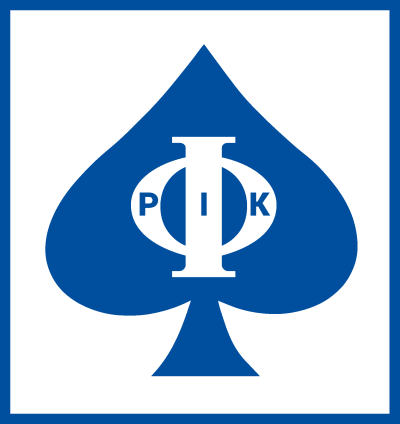
We are pleased to announce that our group member, Jan-Lucas Uslu, has been elected as Chairperson of the Board for AI in Physics, i.e. the DPG Working Group on Physics, Modern IT and Artificial Intelligence (AKPIK). This position is a testament to Jan's outstanding dedication to the field of AI in physics. We congratulate him for this achievement!

13.02.2024
New publication: An open-source robust machine learning platform for real-time detection and classification of 2D material flakes
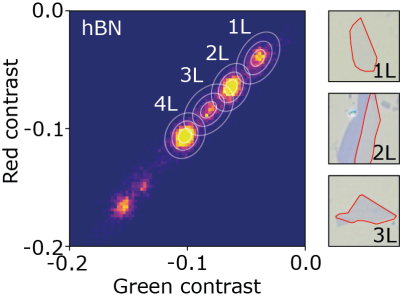
Mach. Learn.: Sci. Technol. 5, 015027 (2024) The most widely used method for obtaining high-quality two-dimensional (2D) materials is through mechanical exfoliation of bulk crystals. Manual identification of suitable flakes from the resulting random distribution of crystal thicknesses and sizes on a substrate is a time-consuming, tedious task. Here, we present a platform for fully automated scanning, detection, and classification of 2D materials, the source code of which we make openly available. Our platform is designed to be accurate, reliable, fast, and versatile in integrating new materials, making it suitable for everyday laboratory work. The implementation allows fully automated scanning and analysis of wafers with an average inference time of 100 ms for images of 2.3 Mpixels. The developed detection algorithm is based on a combination of the flakes’ optical contrast toward the substrate and their geometric shape. We demonstrate that it is able to detect the majority of exfoliated flakes of various materials, with an average recall (AR50) between 67% and 89%. We also show that the algorithm can be trained with as few as five flakes of a given material, which we demonstrate for the examples of few-layer graphene, WSe2, MoSe2, CrI3, 1T-TaS2 and hexagonal BN. Our platform has been tested over a two-year period, during which more than 106 images of multiple different materials were acquired by over 30 individual researchers

02.02.2024
New publication: Infrared Resonance Raman of Bilayer Graphene: Signatures of Massive Fermions and Band Structure on the 2D Peak
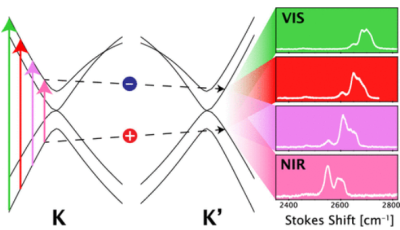
Nano Letters 24, 1867 (2024) Few-layer graphene possesses low-energy carriers that behave as massive Fermions, exhibiting intriguing properties in both transport and light scattering experiments. Lowering the excitation energy of resonance Raman spectroscopy down to 1.17 eV, we target these massive quasiparticles in the split bands close to the K point. The low excitation energy weakens some of the Raman processes that are resonant in the visible, and induces a clearer frequency-separation of the substructures of the resonance 2D peak in bi- and trilayer samples. We follow the excitation-energy dependence of the intensity of each substructure, and comparing experimental measurements on bilayer graphene with ab initio theoretical calculations, we trace back such modifications on the joint effects of probing the electronic dispersion close to the band splitting and enhancement of electron–phonon matrix elements.

16.01.2024
Michael Schmitz successfully defended his PhD thesis
On 16.01.2024, Michael Schmitz successfully defended his PhD thesis. Congratulations to Dr. Michael Schmitz on this commendable accomplishment!
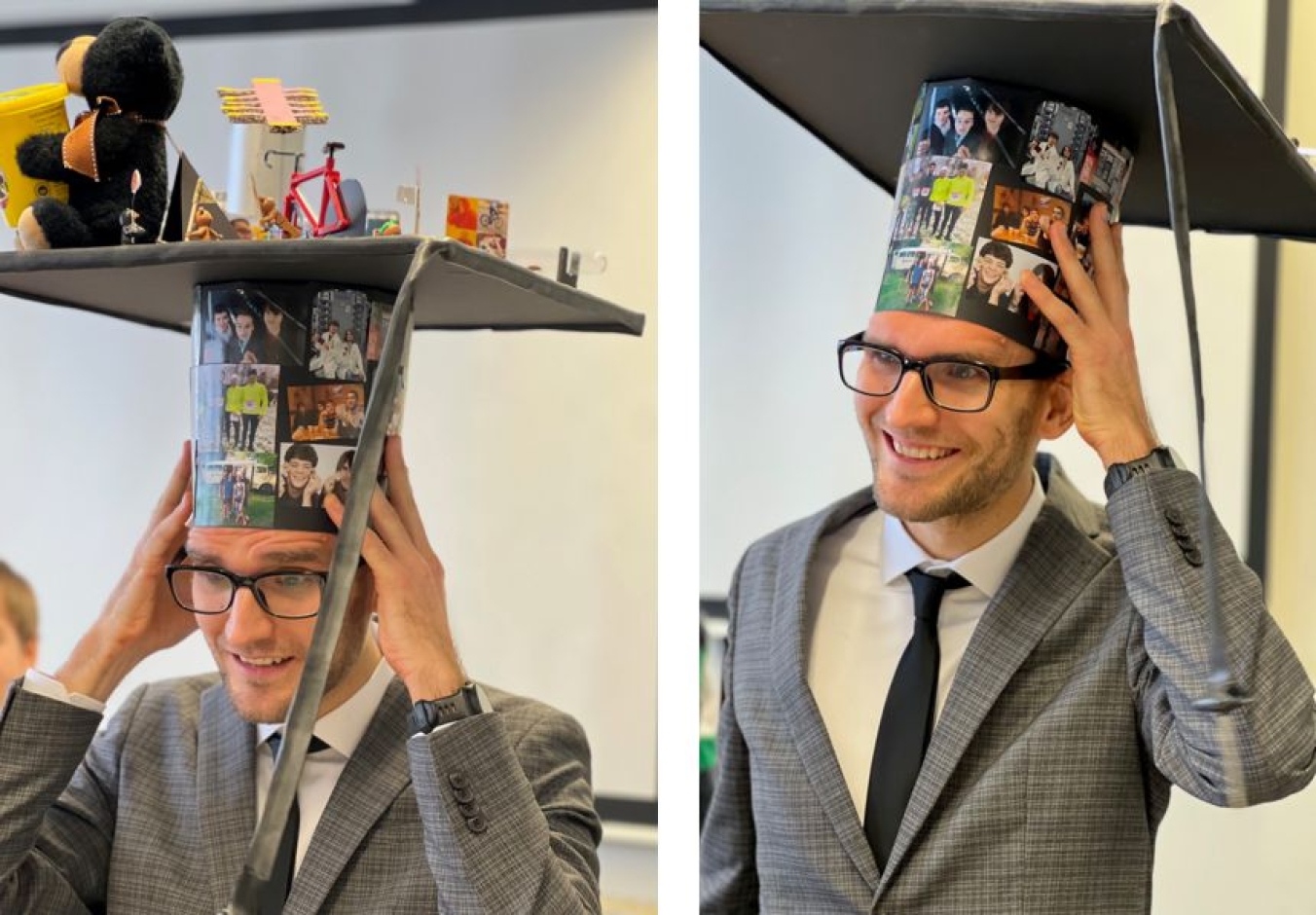

08.01.2024
New publication: Spin and Charge Fluctuation Induced Pairing in ABCB Tetralayer Graphene
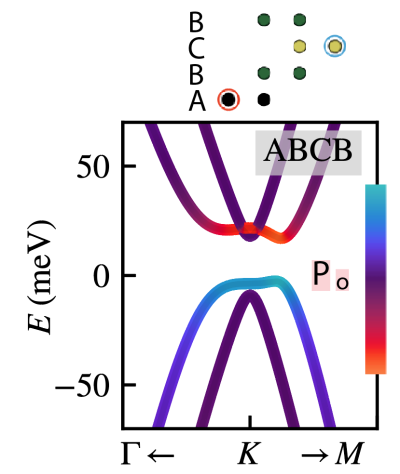
Phys. Rev. Research 6, L012003 (2024) Motivated by the recent experimental realization of ABCB stacked tetralayer graphene [Wirth et al., ACS Nano 16, 16617 (2022)], we study correlated phenomena in moiré-less graphene tetralayers for realistic interaction profiles using an orbital resolved random phase approximation approach. We demonstrate that magnetic fluctuations originating from local interactions are crucial close to the van Hove singularities on the electron- and hole-doped side promoting layer selective ferrimagnetic states. Spin fluctuations around these magnetic states enhance unconventional spin-triplet, valley-singlet superconductivity with f-wave symmetry due to intervalley scattering. Charge fluctuations arising from long range Coulomb interactions promote doubly degenerate p-wave superconductivity close to the van Hove singularities. At the conduction band edge of ABCB graphene, we find that both spin and charge fluctuations drive f-wave superconductivity. Our analysis suggests a strong competition between superconducting states emerging from long- and short-ranged Coulomb interactions and thus stresses the importance of microscopically derived interaction profiles to make reliable predictions for the origin of superconductivity in graphene-based heterostructures.

04.01.2024
New publication: In Operando Near-Field Optical Investigation of Memristive Ta2O5 Thin Film Devices with a Graphene Top Electrode
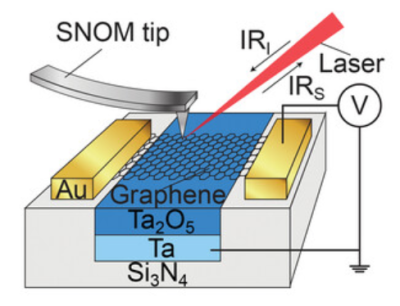
Adv. Funct. Mat. 2312980 (2024) Resistive switching devices based on metal oxides are candidates for nonvolatile memory storage. They often rely on the valence change mechanism, the field-induced movement of donor ions leading to nanoscale conductive paths in filamentary-type devices. Devices usually consist of a transition metal oxide like Ta2O5 sandwiched between two metal electrodes. Critical parameters of the devices, such as cycle-to-cycle variability, Roff/Ron ratio, and endurance depend on the morphology and composition of the filaments. However, investigating filaments on the nanoscale is cumbersome, and commonly applied techniques such as conductive atomic force or transmission electron microscopy require delaminating the metal top electrode, inhibiting in operando investigations over many switching cycles. Here, the authors use infrared scattering-type scanning near-field optical microscopy (s-SNOM) to investigate resistive switching in Ta2O5 films with a graphene top electrode in operando and reveal individual filaments on the device level. By selecting an appropriate illumination frequency, the authors can trace the evolution of filaments and the joule heating-induced retraction of the top electrode until device failure. s-SNOM promises a deeper understanding of resistive switching devices’ microscopic switching behavior and applies to a wide range of resistive switching oxides, such as HfO2, SrTiO3, and SiO2.

22.12.2023
Season's Greetings from the 2D Materials and Quantum Devices Group
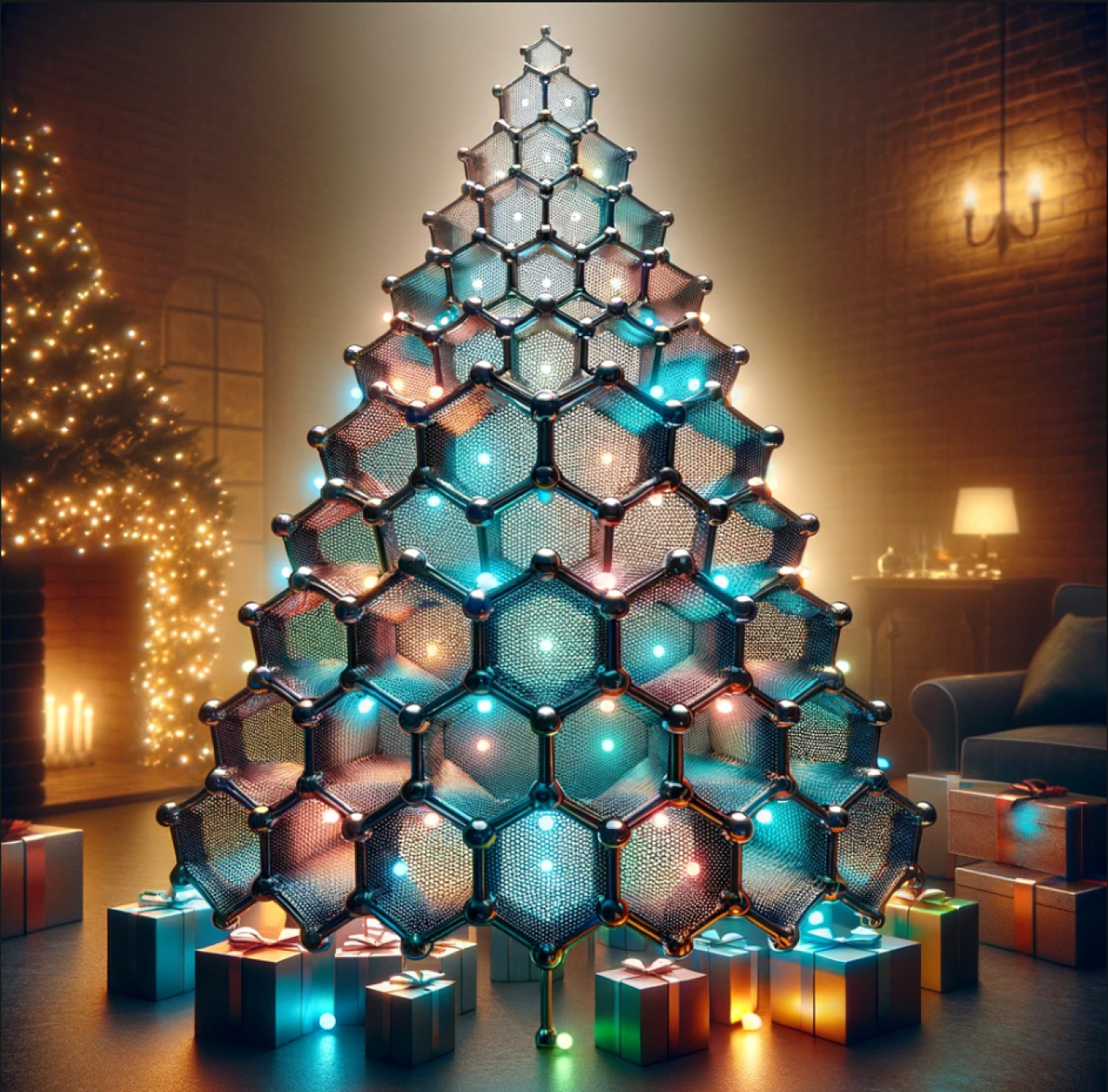
As the festive season approaches, we at the 2D Materials and Quantum Devices Group would like to extend our warmest wishes to all for a Merry Christmas and a Happy New Year.

14.12.2023
New publication: Hyperspectral photoluminescence and reflectance microscopy of 2D materials
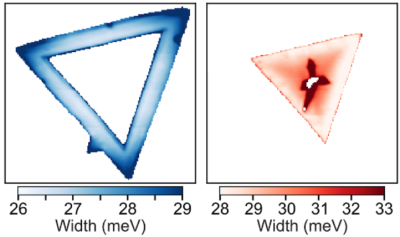
Meas. Sci. Technol. 24, 035501 (2023) Optical micro-spectroscopy is an invaluable tool for studying and characterizing samples ranging from classical semiconductors to low-dimensional materials and heterostructures. To date, most implementations are based on point-scanning techniques, which are flexible and reliable, but slow. Here, we describe a setup for highly parallel acquisition of hyperspectral reflection and photoluminescence (PL) microscope images using a push-broom technique. Spatial as well as spectral distortions are characterized and their digital corrections are presented. We demonstrate close- to diffraction-limited spatial imaging performance and a spectral resolution limited by the spectrograph. The capabilities of the setup are demonstrated by recording a hyperspectral PL map of a MoSe2–WSe2 lateral heterostructure, grown by chemical vapor deposition (CVD), from which we extract the luminescence energies, intensities and peak widths across the interface.

